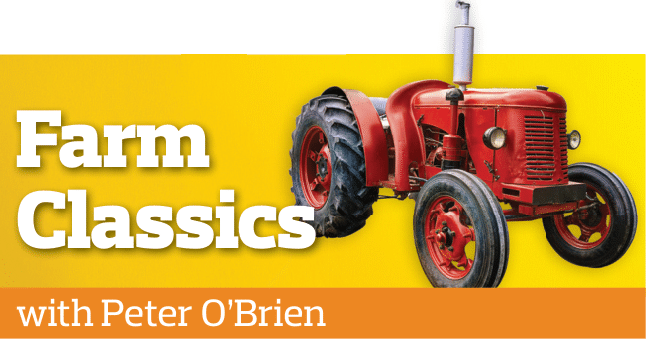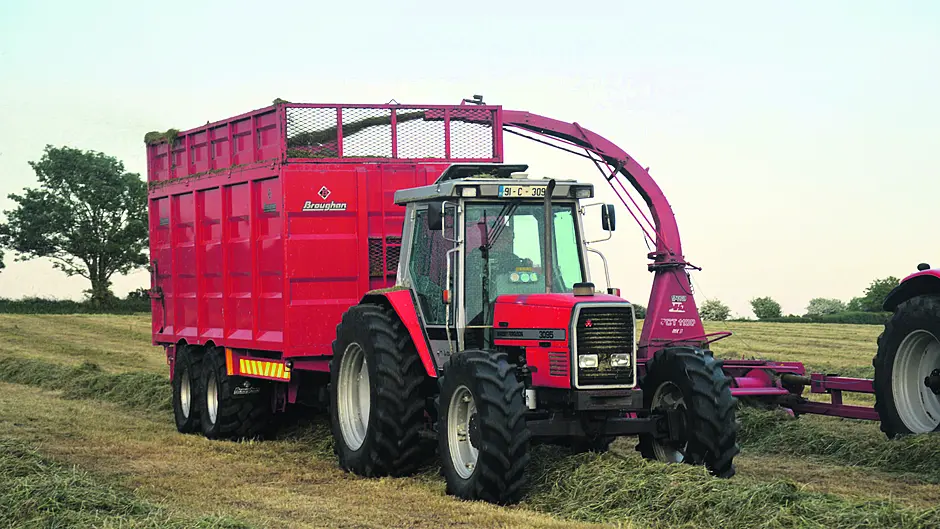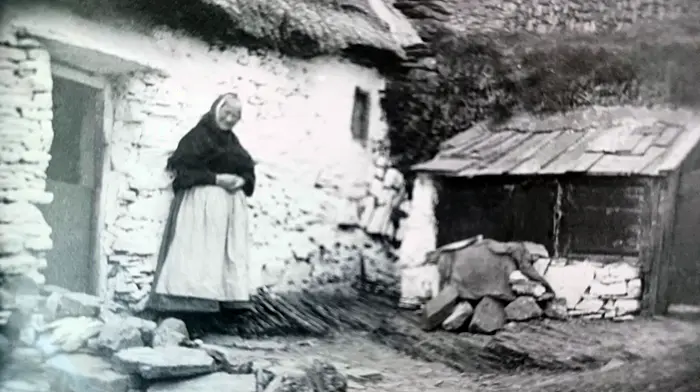
In the first of two parts, we take a comprehensive look at the Massey Ferguson 3000 series tractors
VITAL STATISTICS
Tractor
Massey Ferguson 3095
Horsepower
110hp
Engine
Perkins 1006
Years of manufacture
1991-1996
TRACTORS of the mid-80S are interesting breeds. Adored by enthusiasts, these tractors are a monument to tractor evolution of the various brands where tractor design was almost perfected and given their finishing touches. Ranges such as Ford’s 10 and TW series, John Deere’s 50 series or Fiat’s 90 series are just a few standouts.
While these designs had been evolutions of previous ranges with great pedigree and heritage, they had also reached their design limits and would require radical design overhauls for the 1990s.
Between 1990 and 1992, Ford would have released 40 series tractors, Fiat the Winner range, and John Deere the 6000 series tractors.
However, Massey Ferguson beat them by over five years with the release of the 3000 series in 1986 and larger 3600 series in 1987. Furthermore, while other manufacturers were launching whole new tractor ranges, Massey Ferguson were already updating and fine-tuning their established tractors.
Replacing the stop gap 600 range, and a higher spec alternative to the stockman’s 300 range, the 3000 series was an extensive line up of tractors featuring radical new design from the chassis, cab and transmission.
The 3000 series consisted of four and six cylinder tractors spanning 70-125hp. Replacing the 3090 in 1990, the 3095 proved a popular tractor and brought two major changes. Firstly, the engine was changed to the cleaner Perkins 1006 engine ¬– naturally aspirated and producing 110hp. The 3095 tips the scales just shy of 6T, with a lift capacity of 5.3T an oil flow of 50l/min.
The cab of the 3000 series was quite advanced featuring a fully glazed front windscreen as well as large single pane side doors with a vertical split in the window to open for ventilation.
This offered excellent forward and side visibility – akin modern tractors of today.
The cab has a bright and airy feel with clusters of soft colour coded push buttons. Even by today’s standard the cab is exceptionally quiet, boasting noise levels as low as 70d.
The is primarily thanks to the electronic advances of the tractor which vastly reduce the amount of levers and cables entering the cab. An electronic linkage control panel is home to dials for linkage draft control, linkage height, speed etc to finely tune the operating of mounted implements.
•Contact Peter at [email protected] or see Instagram @flashphotoscork









